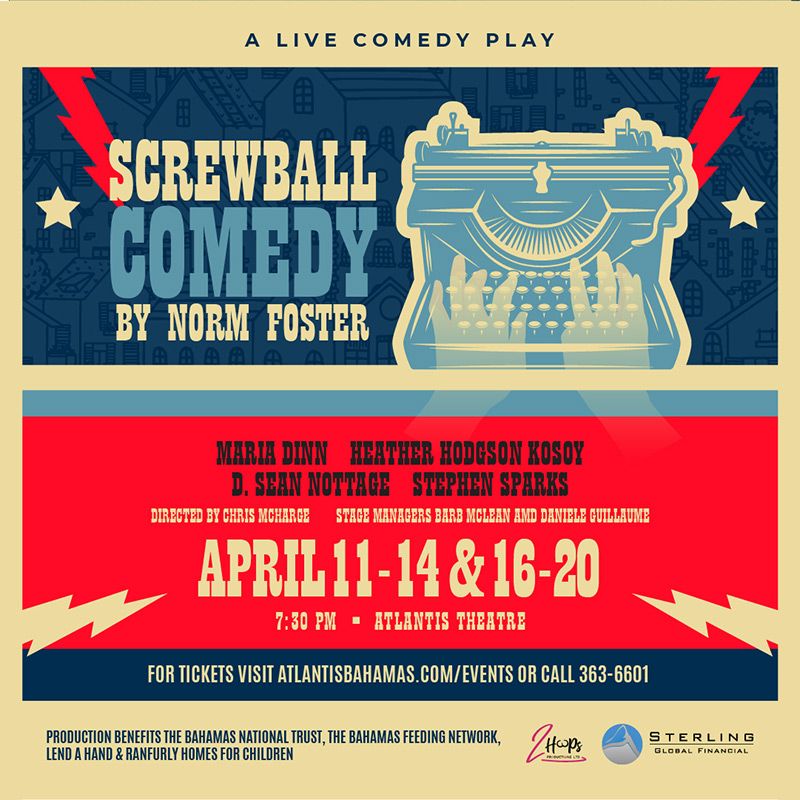Dear Editor,
There seems to be some confusion about the way a tourist destination works. Vested interests (hospitality unions, entertainers, tourism officials) have obscured the simple, basic way tourist destinations really make money and how that money is available to the widest community. So I thought it might be worthwhile to, in layman's terms, try to lay the destination business model out so that public comments might have better context.
As I said, the model is simple. In this discussion, I will refer to the destination as a "shop". While The Bahamas as a whole is a "shop" (more correctly, a mall), I will refer to individual destinations within The Bahamas as "shops". Here we will use discuss the "shop" called Nassau.
The business model requires three steps:
1. Get lots of customers into the shop
2. Expose them to your primary products
3. Up-sell them with your secondary products
Marketing gets the customers into the shop. The Ministry of Tourism's primary mission is the marketing of The Bahamas. They are responsible for marketing shop Nassau. In their market planning they must address two target markets. Stopover visitors are the prime customers of any destination, and getting lots of them into the shop is the most important role of the marketing program. In the case of shop Nassau, they have failed to get many of those important customers into the shop, having averaged the same 1.3 to 1.6 million visitors a year from 1990 to today. On the other hand, the other target customer, the cruise visitor, has been very successfully brought into the shop. Last year alone, they brought over 5 million cruise customers into the lobby of shop Nassau, a very healthy number of customers for any shop.
So getting customers into the shop has been only partially successful, but shop Nassau should be experiencing some increase in sales as the number of cruise visitors increases. It is not, for reasons we shall see below.
Once the customers are in the shop, they must be exposed to the destination's primary product. What is its primary product? It is the story of the people of that destination. It is the many ways the destination has to share with its customers who they are and how they got to be who they are. That is done through the many expressions of their culture made available in trade, from tours (tour-ists) to theatre to arts and craft, to entertainment to religious practices to cuisine to traditional practices, and so on. This is what must be on the shelf, available for sale to customers. The fact that cruise visitors spend less than half as much in shop Nassau than they do in the rest of the region confirms that there is little or no product on the shelves to buy. There is a need to stock the shelves with our story. The packaging for the product with which to stock the shelves, by the way, is our inventory of attractions.
The up-sell is usually those things we sell that are peripheral to the destination's primary story, like popular amusement devices. Current examples are zip-lines, popular global culture and virtual reality devices.
As you can see, there are two huge holes in the business plan at shop Nassau; they desperately need to get more stopover visitors into their shop and they need primary products on the shelf to sell. Major events (IAAF track meets, the Miss Universe Contest and carnival) are designed to do that, but the paucity of these efforts negates their effectiveness. In the 1960s, for example, shop Nassau had major events and attractions organized on a regular basis, part of the work of the then Development Board, like the Miami-Nassau Powerboat Race, the Miami-Nassau Sailboat Race, Speed Week, numerous private airplane fly-outs, special races at Hobby Horse Hall, American superstars performing in Nassau almost every month (a few got their start here), and even our Junkanoo parades were news items overseas. Getting large numbers of stopover visitors requires shop Nassau to know the difference between a marketing attraction (Las Vegas uses Cirque de Soleil, a Canadian production, New York uses Les Miserable, a French show, Orlando uses Mickey Mouse, a fictional character) and primary destination products. Confusion between the two has led to the shop resisting its own marketing.
Shop Nassau generates tourism income for a country that pays its bills with tourism dollars. It is crucial that every citizen realizes that we are all in the tourism business and knows how that business works. It is also crucial that the business community learns how the creation of primary products (creating attractions) can be a lucrative form of investment.
- Pat Rahming
Click here to read more at The Nassau Guardian





